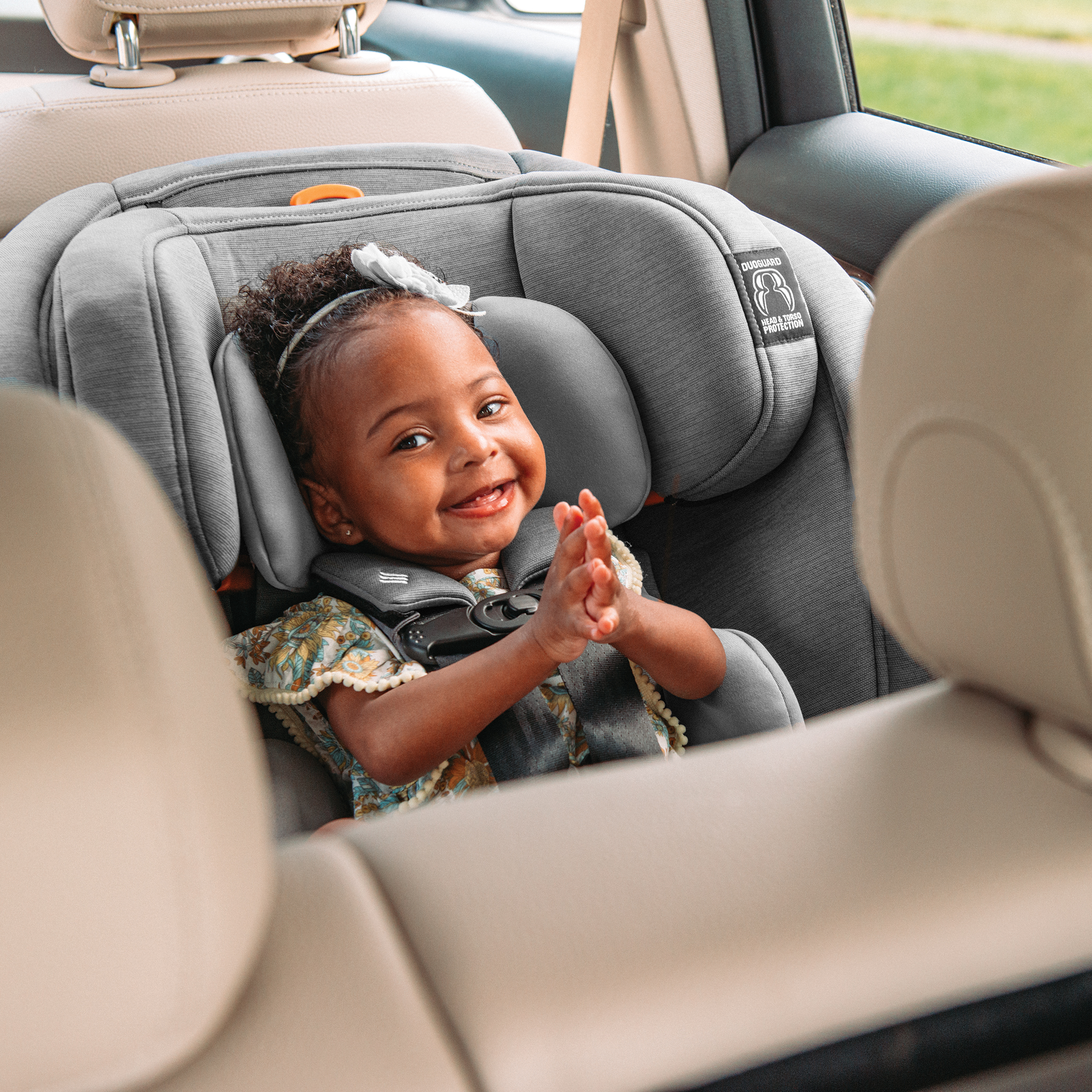AAA and Chicco USA Stress Importance of Car Seat and Passenger Restraint During Baby Safety Month
AAA and Chicco USA Stress Importance of Car Seat and Passenger Restraint During Baby Safety Month

New analysis from AAA, which examined five years of crash data from the U.S. Department of Transportation, points to the lack of proper child restraint use among children injured or killed in car crashes. The results of this analysis, released by AAA and car seat leader Chicco USA as Baby Safety Month gets underway, uncovered that nearly half (48%) of children aged 10 and under who were injured and half (51%) who were killed in car crashes were either using a vehicle seatbelt prematurely or no restraint instead of a car seat.
Families spend a significant amount of time on the road and from 2017-2021 more than 3.9 million children ages 10 and younger were involved in crashes while riding in a vehicle, 527,000 were injured and 2,789 were killed. This September, Chicco USA and AAA are collaborating to spotlight the importance of effective car seat use, sharing tips and resources for parents to keep their children safe while on the road.
"AAA's in-depth analysis of crash data has brought to light safety issues that concern us, and we're in a position to help by sharing our expert resources about car seat safety use factors such as proper seat installation, type of seat and mode of use at each stage of child growth," said William Hasse, Vice President of Marketing, Chicco USA.
When used properly, infant seats, boosters, and seat belts will effectively protect young passengers. According to the U.S. Department of Transportation, child restraints reduce fatalities by 71% for infants younger than 1 year old and by 54% for children 1 to 4 years old in passenger cars.
“Traffic safety is central to AAA’s mission and the data show the importance of understanding what type of child restraint to use and when,” commented AAA Spokesperson Aixa Diaz. “We’re pleased to collaborate with Chicco to help deliver critical information about car seat use to parents and other caregivers.”
According to AAA’s analysis, the latest data from the DOT reflects a need for parents to ensure they are using the correct child restraint system for each phase of growth. Child Passenger Safety Technician at Chicco, Josh Dilts, offers the following advice for families:
- Don’t skip the booster phase. The data decreased by more than half in car seat use from age 7 to age 8, an age that saw significant injuries reported. Many parents may not know that seat belt fit is more about their child’s height than age (many state laws focus on age only). Based on their size, children upwards of 10 years old may benefit from using a booster seat. Most booster seats accommodate children up to a height of 57 inches.
- Children should always use a restraint when riding in vehicles. Shifting from a car seat to a vehicle seatbelt too early isn’t the only issue, as nearly four in ten (38%) of children aged 7-10 killed in a car crash were completely unrestrained and, of the youngest children (aged 0-3), nearly one in four (24%) who were killed were unrestrained. Chicco’s Dilts notes that the use of no restraints, which is defined by this dataset as not using a child car seat booster seat, seatbelt nor strapped into the vehicle in any manner, is alarming. “Parents should be diligent in ensuring their child is properly restrained in the car before it is in motion, especially if the child is not old enough to secure themselves,” says Dilts.
- Use available resources. Chicco offers the latest car seat guidelines, installation tutorials and caregiver FAQs on ChiccoUSA.com. Local fire departments often have a Child Passenger Safety Technician on hand who can check if your car seat is installed correctly. For more resources and to find a car seat check near you, visit AAA.com for more.
*While some state laws only suggest minimum requirements, it is a best practice for a child to remain in a seat belt positioning device (like a booster seat) until the child can pass the 5-step seat belt fit test, which is usually when the child is 4’9”. For many children, this doesn’t happen until the child is more than 8 years of age. This also can depend on the car the child is riding in. It is important that parents do not transition their children out of car seats or booster seats too soon, putting them at greater risk in the case of a car crash.
During Child Passenger Safety Week, parents looking for a new car seat or booster seat can take advantage of a special 20% off offer from Chicco. The offer is good on seats such as the OneFit ClearTex® All-in-One that is designed to fit from birth through booster and uses ClearTex® fabric that is inherently fire-resistant with no added chemicals.












